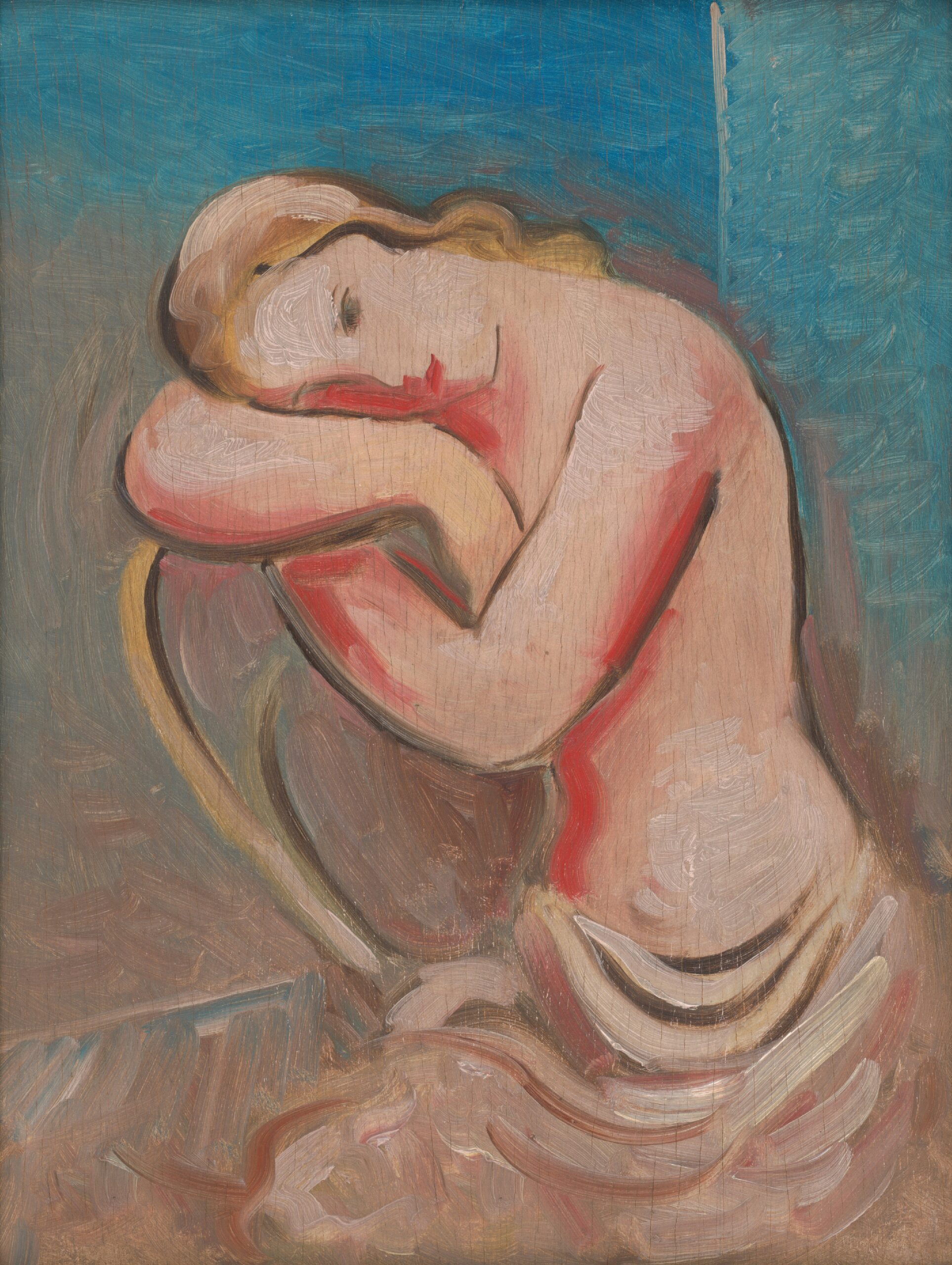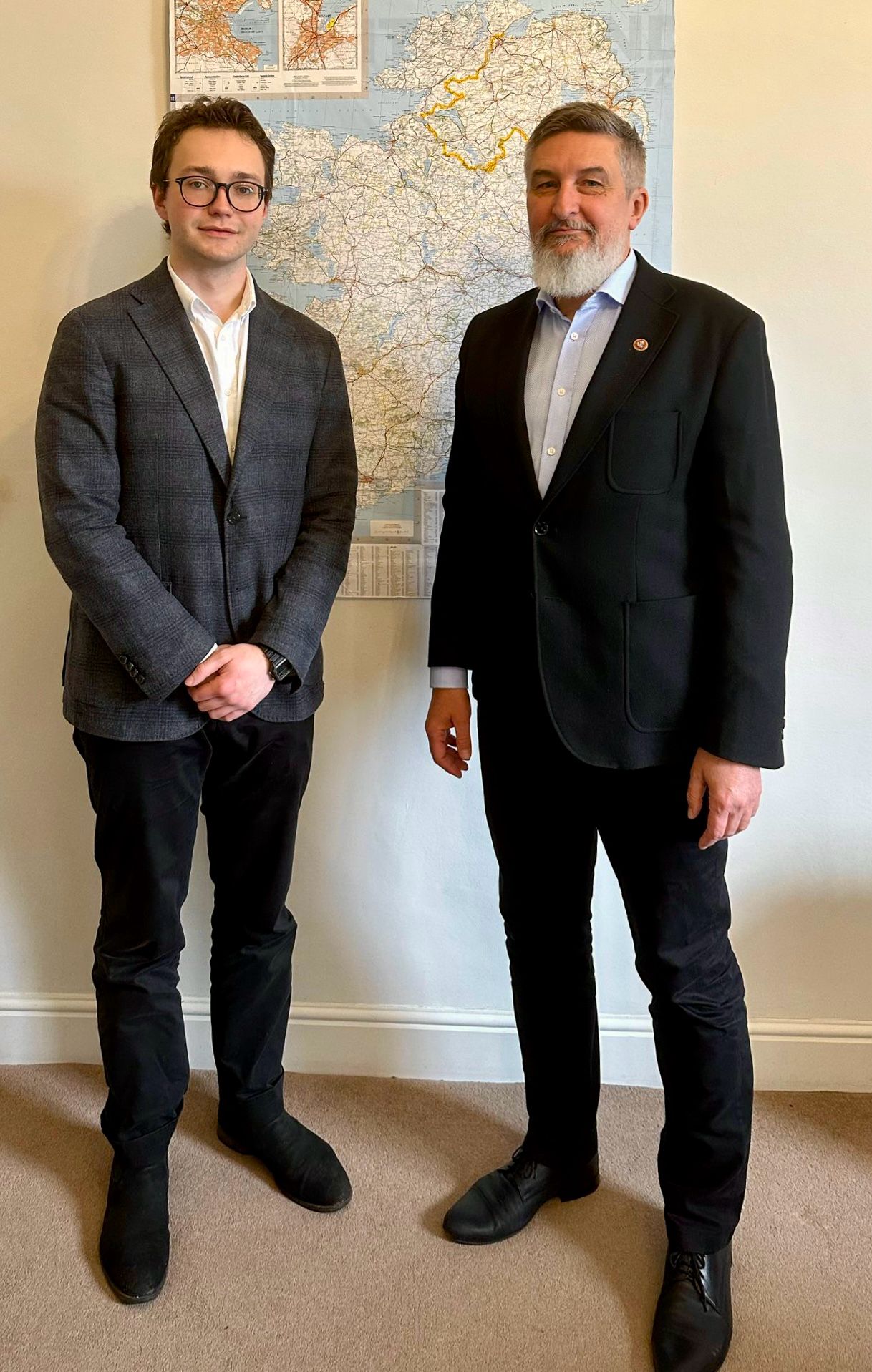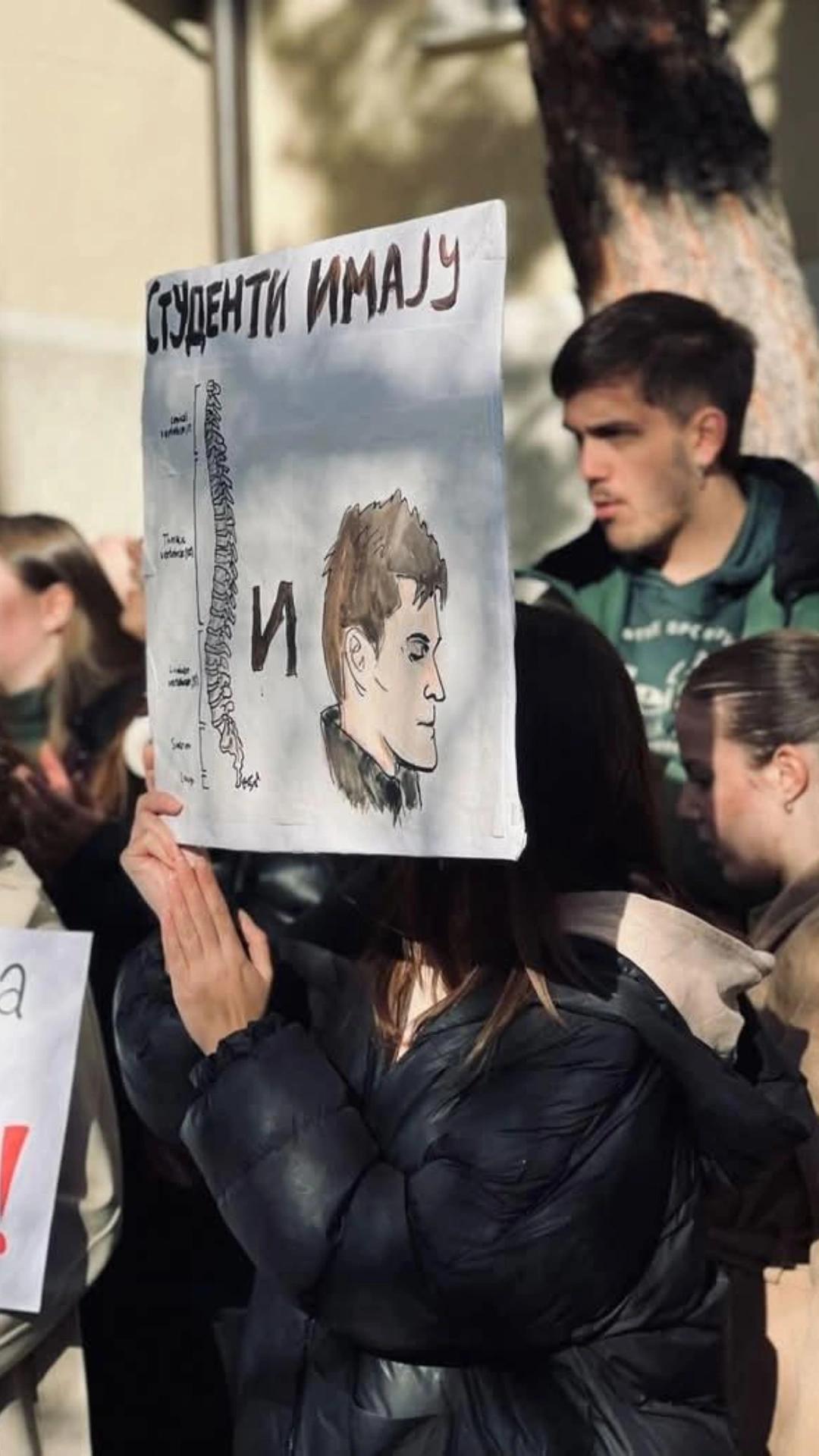I got a new ball today. It’s not a red ball. It’s not a football. It’s not a yellow ball. It’s not the Trinity Ball. It’s not the UCD Ball with Jedward. It’s not a testicle. It’s not the ‘Sphere within a Sphere.’ It’s not a b all. It’s not a wall. It’s not a orange ball. It’s not an orange ball. It’s not the Bess Ball. Thank god. I have a ball that one day this nation will rise up and live out the true meaning of its creed: ‘We hold these truths to be self-evident, that all men are created equal. I like my ball. It’s no more than five or six centimetres in diameter. It’s not an ovular ball. I’m not sure if that’s how you spell ovular but even if it isn’t, it isn’t that either. It’s not you, it’s not me either. It’s relatively spherical. Kinda like Earth, Earth’s not that small. It’s not a table. It’s not my friend Rob. It’s not my other friend Rob. It’s not Marykate Collins. It’s not Marykate’s Facebook page. It’s not that article she’s not writing. It’s not the article I’m writing. It’s not the laptop that I’m writing the article that I’m writing on. It’s not those speakers. It’s not those cups. It’s not my hat. Basically it’s not like any of the things I can see right now. It’s my ball.
It’s a bit green. It hasn’t gone outside with me yet. It’s not so heavy as to be a danger to me, but it might be a threat to a moth or another small insect who has a similarly weak extra bodily appendage. An ant, for example, would not worry about the ball, as his strong exo-skeleton would protect him. There would be some insects that I would be able to lift it. If I was shrunk to insect size, there’s no way I could lift my ball. I’m glad I’m big enough to lift my ball.
In February 1917, Keaton met Roscoe “Fatty” Arbuckle at the Talmadge Studios in New York City, where Arbuckle was under contract to Joseph M. Schenck. Joe Keaton disapproved of films, and Buster also had reservations about the medium. During his first meeting with Arbuckle, he asked to borrow one of the cameras to get a feel for how it worked. He took the camera back to his hotel room, dismantled and reassembled it. With this rough understanding of the mechanics of the moving pictures, he returned the next day, camera in hand, asking for work. He was hired as a co-star and gag man, making his first appearance in The Butcher Boy. Keaton later claimed that he was soon Arbuckle’s second director and his entire gag department. Keaton and Arbuckle became close friends.
After Keaton’s successful work with Arbuckle, Schenck gave him his own production unit, Buster Keaton Comedies. He made a series of two-reel comedies, including One Week (1920), The Playhouse (1921), Cops (1922), and The Electric House (1922). Based on the success of these shorts, Keaton moved to full-length features. Keaton’s writers included Clyde Bruckman and Jean Havez, but the most ingenious gags were often conceived by Keaton himself. Comedy director Leo McCarey, recalling the freewheeling days of making slapstick comedies, said, “All of us tried to steal each other’s gagmen. But we had no luck with Keaton, because he thought up his best gags himself and we couldn’t steal him!”
The more adventurous ideas called for dangerous stunts, also performed by Keaton at great physical risk. During the railroad-water-tank scene in Sherlock Jr., Keaton broke his neck when he fell against a railroad track, but did not realize it until years afterward. A scene from Steamboat Bill Jr. required Keaton to run into the shot and stand still on a particular spot. Then, the facade of a two-story building toppled forward on top of Keaton. Keaton’s character emerged unscathed, thanks to a single open window which passed directly over him. The stunt required precision, because the prop house weighed two tons, and the window only offered a few inches of space around Keaton’s body. The sequence became one of the iconic images of Keaton’s career.






